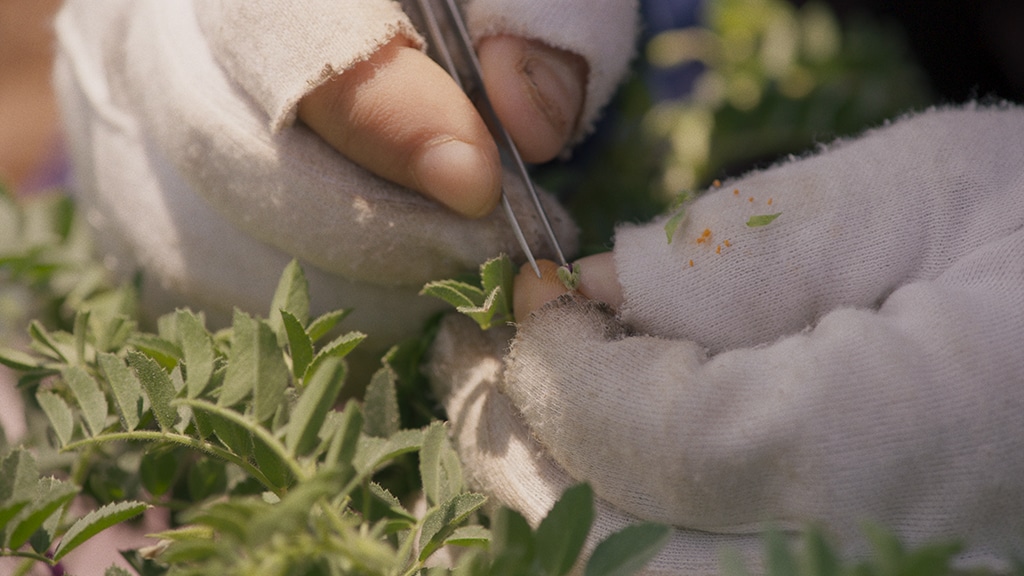What is the film Wild Relatives about? 1
- The movie Wild Relatives, 2018, is possible to watch in the frame of the exhibition Jumana Manna - A Small Big Thing at The Heni Onstad (28 September 2018 – 6 January 2019)
- Global Seed Vault at Svalbard (Norway) and the Bekaa Valley (Lebanon) where seeds from Syria are being cultivated
- Syria serves as an important reference in the movie. As Jumana Manna writes in her essay: “In 1977, he offered 948 hectares of land in Tel Hadya, south of Aleppo, to ICARDA, the International Center for Agricultural Research in the Dry Areas. ICARDA was part of a worldwide network of agricultural research centres called the CGIAR, the Consultative Group on International Agricultural Research, funded by the very same entities that had first ignited the Green Revolution. ICARDA was initially established in Lebanon in 1976, but with the spread of the civil war that had erupted just a year earlier, it relocated its headquarters to Tel Hadya. Now, almost forty years later and with the rise of the Syrian revolution, history has reversed, and ICARDA has evacuated its headquarters and moved back to Lebanon.”
- Jumana Manna, A Small/Big Thing, Crops, 2017-11-19, Sharjah Biennial 13 link: https://tamawuj.org:8453/tamawuj/internalPageTamawuj?id=3251
- Which in fact was not that green, as it was based on dissemination of high-yielding seeds, irrigation techniques, and chemicals.
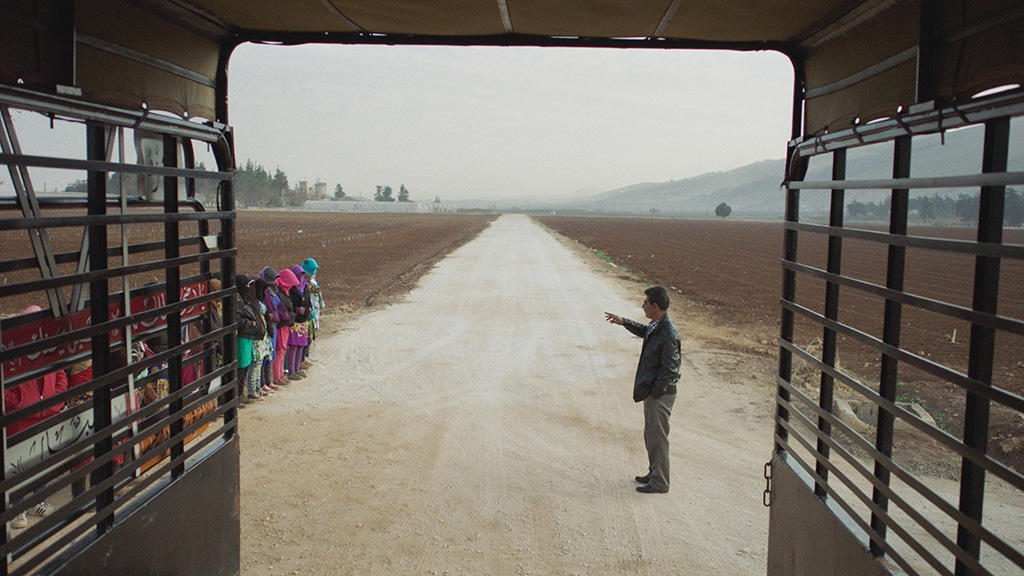
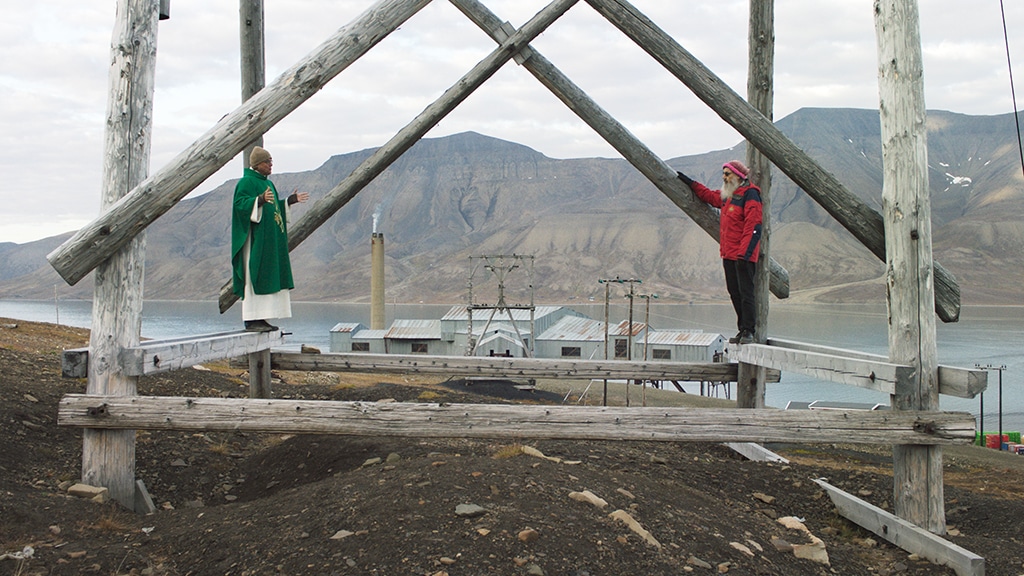
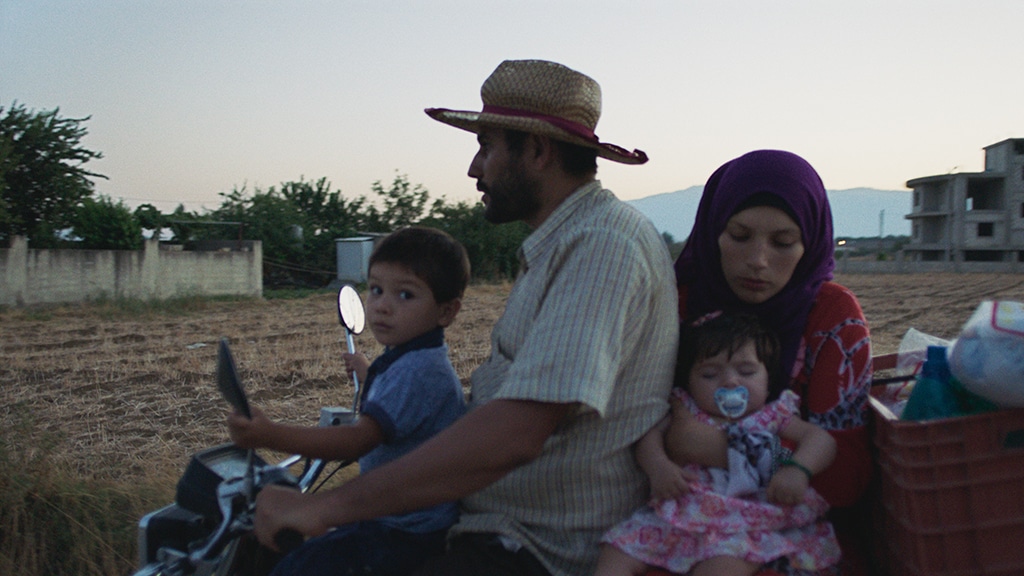
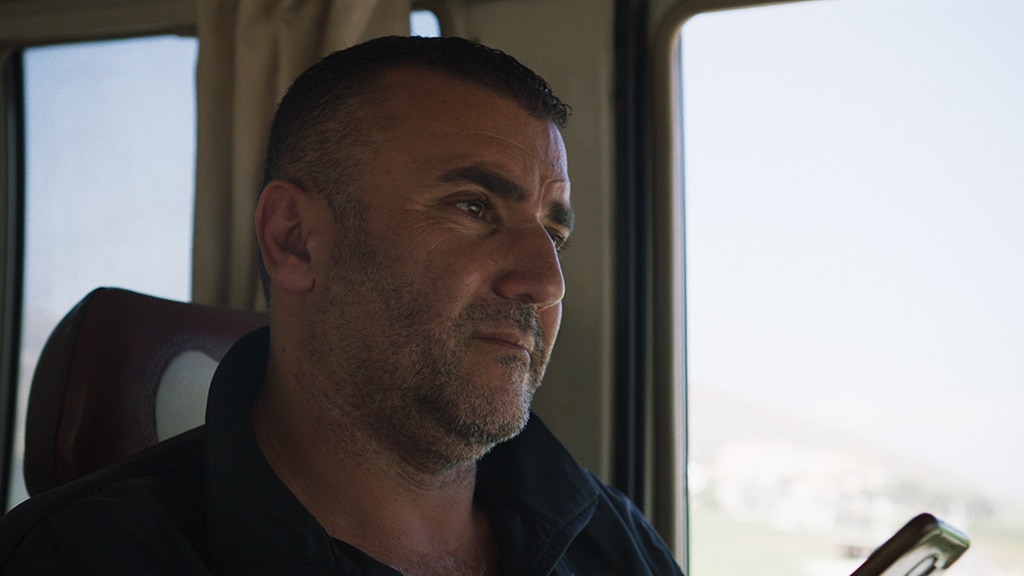
Aesthetics, Composition, Frame
The very first frame of Wild Relatives is dominated by darkness. Smoke rises from the earth-like mounds. As the camera moves further it becomes clear that the scene takes place in a mine – reminding me for some reason of the opening of The Greed (1924). There are working people, machines, smoke, the coal, and disturbing artificial light.
Scene cut.
The atmosphere changes. We are presented with an idyllic view of green plants in a field moved by subtle wind with an accompanying blue sky and sun, and a voice begins to narrate the story:
“There was a time when farmers never thought about buying seeds. They saved grains from season to season, selecting and adapting their own varieties. In the early 20th century, the development of industrial agriculture transformed farming practices and seed circulation. What follows is an account of twelve months in the lives of people from Lebanon, Syria and Norway who engage in land in various ways. These encounters occur on the path of the transaction of seeds between two distant semi-arid geographies. The transaction was initiated by an agricultural research centre that used to be based in Aleppo, but due to the Syrian revolution had to move to Lebanon. The centre had a gene bank, a storage facility of seeds collected from farmers and the wild. This significant gene bank was left behind in Aleppo. Instead, they decided to create a duplicate collection from backup copies which they had stored in a vault, on an island in the Arctic Ocean.”
Scene cut.
The next scene takes us to Beqaa Valley in Lebanon to one of the ICARDA seed centres. A man in front of the building cuts some planks. Women inside the lab are completely focused on work: weighing the seeds, using vacuum seal machines to pack them, making reports, putting the packages in the transport boxes. The camera tries to catch all of the details of this process.
I’m describing these first scenes to draw attention to the composition of Wild Relatives; the play of subtle contrasts remains the dominating rule of the frames, aesthetics, and of the atmosphere of the film as a whole. This fragility of contrasts is needed here, as the documentary wittily uses conventional fairytale elements. Artists’ decisions have specific reasons and consequences. The convention of the fairy tale here allows the use of certain motives; for instance, the above-mentioned opening with the voice-over narrative, or the talk between science (the scientist) and faith (the priest). Additionally this narrative trope introduces a very particular concept of time that focuses either on the past or on the future (there will be one exception escaping from that rigour of time, but I will get back to that later). Even if the scenes in the movie are happening in the present, people appearing in the documentary often refer to a world which no longer exists, or to the world which will soon cease to be – and it is not a coincidence that the seed banks are called doomsday facilities.
Can one imagine a world in which seeds are as precious as gold? Or a world without seeds?
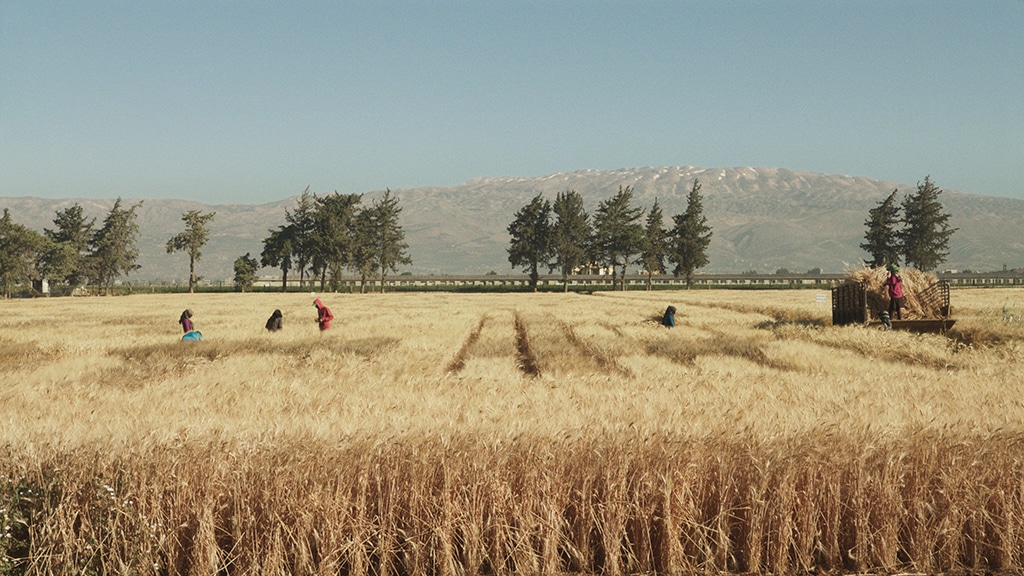
The World Without Seeds
“A few hours later I asked her unexpectedly - the first time I asked a question that I was going to ask later repeatedly - what she would ask a sorcerer for if she could ask for anything. Aisha thought about it a moment, like someone who is facing an issue beyond one's imagination. Aisha - thirty, maybe thirty-five years, flat nose, eyes full of sadness, the rest sheltered purple fabric. - I would like to have a cow that would give a lot of milk. If I sold some milk, I could buy what I need for pancakes, fry them and sell at the market. And somehow I would tie the end with the end. - But a wizard could give you anything, anything you ask. - Really everything? - Yes, whatever you ask for. - Two cows? She said it in a whisper, then added, for explains - With two cows, I would not be hungry anymore. How little, I thought at first. And how much.” –The Hunger, Martín Caparrós 6
- Martín Caparrós, Hunger: The Mortal Crisis of Our Time, Other Press (NY), 2019.
If one has never been hungry, it is hard to understand what hunger is, and even harder to imagine structural hunger: the hunger that is a part of life, everyday life – or death. Two cows. What does it mean to ask a sorcerer for two cows? How to imagine something that one always takes for granted? The rational Western world ‘likes’ statistics and careful language. The annual report of the F.A.O. 7
- In collaboration with the International Fund for Agricultural Development.
Let’s take a closer look.
In his book Caparrós notices that the mechanisms of hunger are quite similar in different places of the world. Instead of Niger (where Aisha is from) one could insert many African, Asian, and South American countries. The hunger here is not structural, or perhaps it actually is because nobody built structures that could rule it out. The hunger is often a consequence of the looting of an area’s resources by wealthier nation states. In the globalised economy, the prices of mass-produced seeds are always cheaper than the seeds produced in the traditional way. For the farmers from such places as Niger, it is impossible to compete with the outside forces of supply and demand. What are the consequences? The population is growing much faster than the number of available grains. There is an increasing number of people and the land is divided into smaller and smaller pieces. Before that globalised world, the system functioned because the farmers were inhabiting new areas, slightly distant from villages – a bit drier, a little less fertile and nurturing them over time. This scenario is impossible nowadays; the distant lands are already “owned”, and the earth, which is excessively farmed and extracted, is less fertile. The result? In the case of Niger, the production of the local farmers was not sufficient to feed themselves and their families, and the only thing they owned was the land. Complicating matters further, for centuries the land could only be sold to a family member or to a resident of the same village. As Caparrós notices around forty years ago, this mechanism was violated and the land became a commodity on the market: the rich city dwellers, merchants, and officials started to buy land. Many farmers understood that they had something that does not produce anything but has a value nevertheless. In desperation, they started to sell the land.
Why am I describing the situation in far away Niger in an article about Wild Relatives? I’m describing an answer to my earlier question: Can one imagine a world without seeds? Can one imagine the world where the seed is as precious as gold? The answer is, this world exists now. It is very close to us, yet the consequences are felt there. And it might be a matter of time – looking at the climate change consequences – when it is here. The profit-based mechanisms and relations of power between capital and the land are similar in many different places. Wild Relatives presents a really disturbing dialogue with one of the farmers in Syria:
“If you cultivate the land the returns won’t cover what you invest in. People nowadays prefer to open refugee camps. The refugee business is more profitable than agriculture competing with imported product.”
It is hard to think of a more ironic – if not purely evil – example of the market mechanisms. If one considers the idea behind the seed banks, it seems to be a great thing for science and humanity. Let’s emphasize it again: the very idea of the seed vaults is extremely important. However, knowing how the relationships between power, profit and capital work, it is hard to imagine that in case of catastrophe, redistribution of the seeds is going to be equal. How can we expect equality in a world built on inequality? Jumana Manna in the Small big things pinpoints these complicated and multilayered mechanisms:
“The very terms “preservation” and “conservation” have understandably been tainted with ambiguity since the era of exploration by primarily European powers in the eighteenth and nineteenth centuries. Recording as it erases, colonial violence seems to make celebration indistinguishable from invalidation. These structural problems pertaining to nostalgia in the face of looming eradication extend to the archiving of both animate and inanimate objects of culture.”
As she adds later, her focus in Wild Relatives was on the “mythologies of the rural” rather than “urban imaginaries.” She was interested in discovering the different actors in the modern agricultural landscape, and how the reification of nature changed the material and social life of people and plants.
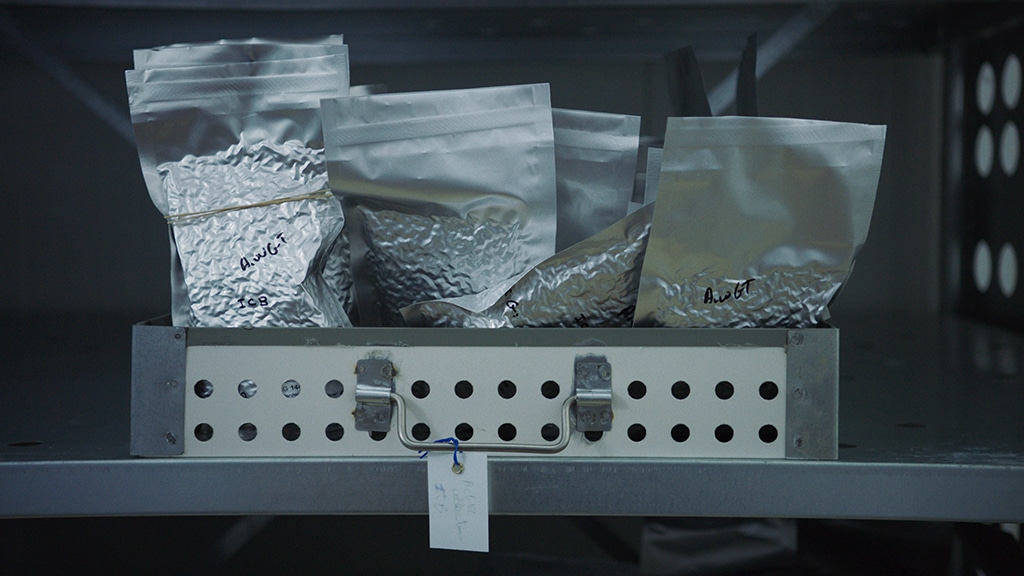
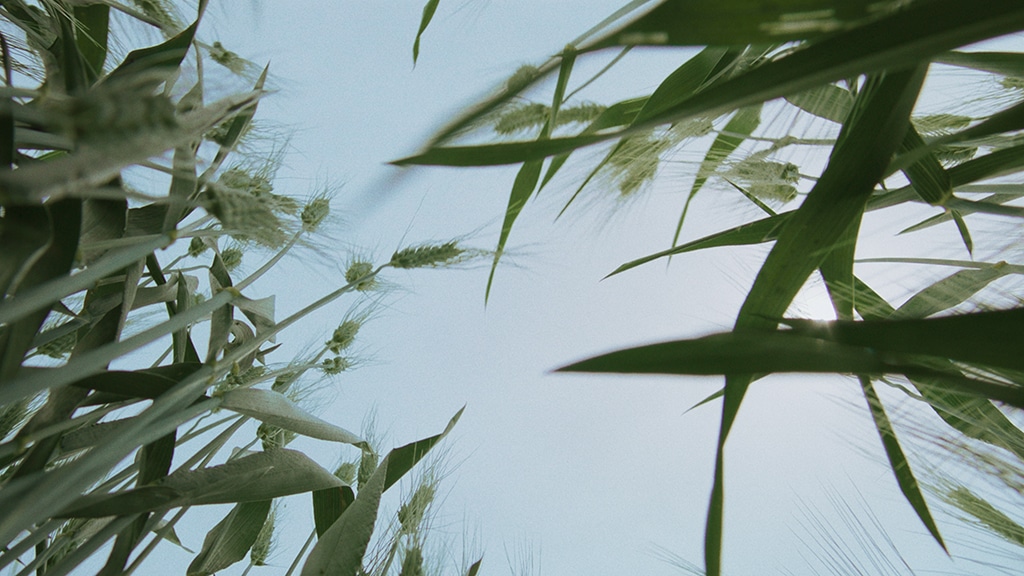
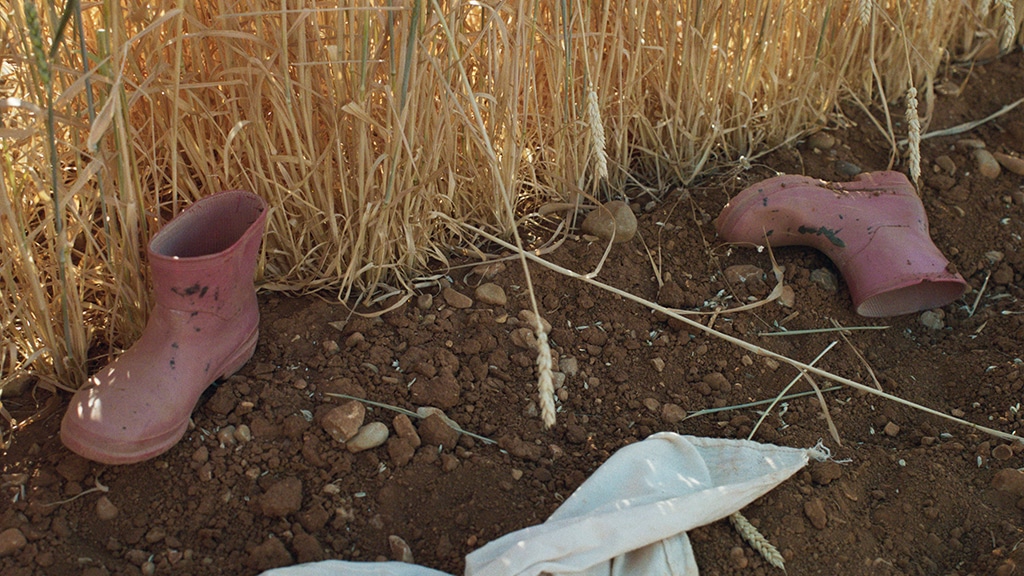
The Archive
In Culture and Imperialism 8
- Edward Said, Culture and Imperialism, Chatto & Windus, 1993, p.52-53.
The reification of nature and a (false) belief that humans “own nature” serves as a justification of overusing it and keeping the power in the hands of a few large corporations. To give some names; the majority of the seed market is in the hands of the world’s three largest agribusinesses: Monsanto, DuPont, and Syngenta.
“Today, many of the landraces frozen in ICARDA’s gene bank, at minus eighteen degrees Celsius, no longer exist in farmers’ fields. This system is in the double bind of being at once the protector and eliminator of biodiversity, an irony not lost on some of the employees. But their position is a common one, arguing that the game is over, that it’s too late to fix the system. The global food regime—dependent on fossil fuels, vicious corporate control (one can look at the case of Monsanto to understand the consequences), and massive amounts of overproduction and waste—will not go away.” 9
- Jumana Manna, A Small/Big Thing, Crops, 2017-11-19, Sharjah Biennial 13.
Wild Relatives show all these complicated and multilayered processes and different actors within them, the association with the power that comes from owning – physically (economy, materiality) and symbolically, the idea of the archive becomes quite relevant. This association seems to be quite accurate because of one more reason; the archive emphasizes the object, and more to the point, the right of the ownership over that object. This kind of thinking in which the air, the water, and the seeds become a commodity reifies concretizes nature. It is the thinking in which clean water, fresh air and fertile soil are accessible only by those with economic capital and power. Even if it sounds banal, it might be good to remember that the planet and nature can live without human beings. The reverse is impossible.
At the beginning of this essay, I referenced The Greed in which the famous last scene is set in the desert where two characters are fighting for their lives. Erich von Stroheim filmed in Death Valley during midsummer under a burning sun, and the dramatic atmosphere was emphasized by the yellowish colour-editing process (exceptional for that time), and by the montage which consists of close-ups and cuts instead of long takes. The form and content go hand in hand showing the consequences of life ruled by greed. Wild Relatives filming method is the reverse of The Greed. The viewer gets the disturbing message in the form of beautifully composed frames, long takes, and close-ups of a very particular kind that always show the context.
The latter is especially evident when Jumana Manna is filming women refugees working in the field. The scene in which women smoke cigarettes during a break, talk about how to cook a dish, laugh or dance together is not important from the point of the documentary story, but is crucial to how the viewer perceives them. They are not anonymous persons, but friendly faces to which one can relate. The same rule applies to the farmers and other individuals appearing in the documentary. I have also previously mentioned the specific concept of time, as in a fairy tale, concentrates either on the past or on the future even if the story is taking place currently. There is one exception from that rigour. It is Walid El-Youssef, a farmer from Syria who cultivates a garden on the outskirts of Lebanon. His intention is to multiply local seed varieties organically without chemicals. The camera carefully shows how he works in his little garden. There are barking dogs, a family having dinner, and the close-ups of the fertile living soil. While these scenes are happening it feels like the perspective of time has at last stopped where it should be, in the present. This play with the time perspective allows the artist to show her emotions and the position she takes as an artist, but it is a very subtle suggestion. The fairy tale convention is most visible in the dialogue between the priest from the Svalbard church (Leif Magne Helgesen) and the scientist, the director of the Norwegian Polar Institute (Kim Holmén). The scene is shot as they both walk around a majestic tower, admiring the beautiful mountains around Longyearbyen. They talk about how this area is going to change in twenty years.
“From the scientific point of view, the earth time is limited the sun will expand and explode the earth.”
An apocalyptic message given in a beautiful way hits even harder.
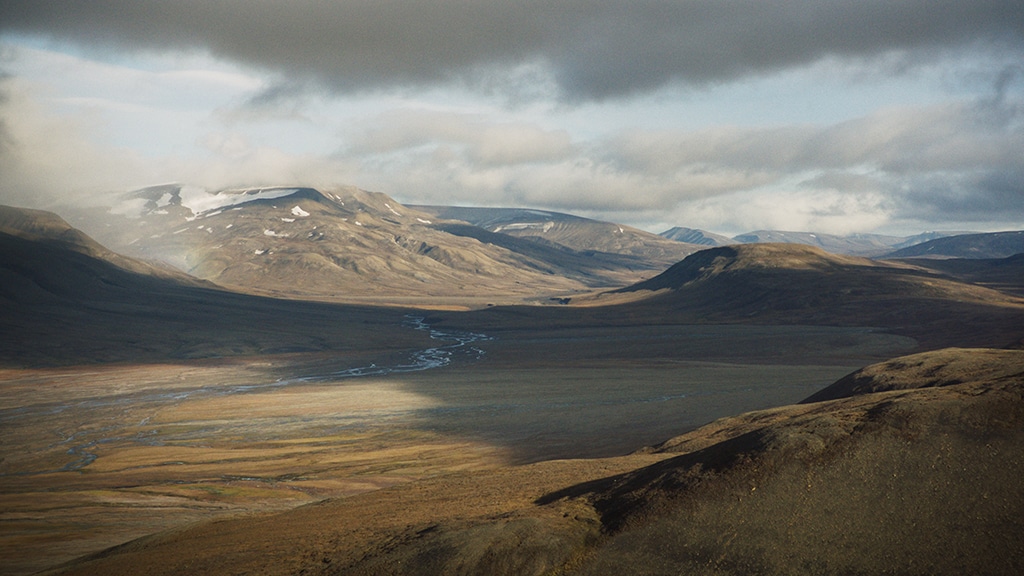
Zofia Cielatkowska is an independent researcher, writer, editor, and curator. She collaborates with various periodicals and magazines. She holds a Doctor of Humanities in Philosophy (Jagiellonian University, 2013) with her doctoral thesis focusing on performance (“Embodiment of the Subject: Philosophy and Performance within the Context of Contemporary Critique of Culture”). She is a graduate of Philosophy (Jagiellonian University, 2006) and Curatorial Studies (Art History, Jagiellonian University, 2008). In 2010, Cielatkowska received a scholarship from the University at Buffalo, State University of New York (Department of Visual Studies). She has taught philosophy courses at Jagiellonian University during and was Assistant Professor at the Academy of Art in Szczecin from 2014-16. She is a member of the International Association of Art Critics – AICA (Board Member 2017/2018), and an affiliated researcher at The French Civilisation Centre (Centre de civilisation française de l’Université de Varsovie). Her writing and research focuses on social contexts in visual arts, mechanisms of power, racism, and women’s rights. Cielatkowska has published over 50 texts, including academic papers, articles, reviews and interviews. She is based in Oslo. More at: zofiace.wordpress.com


